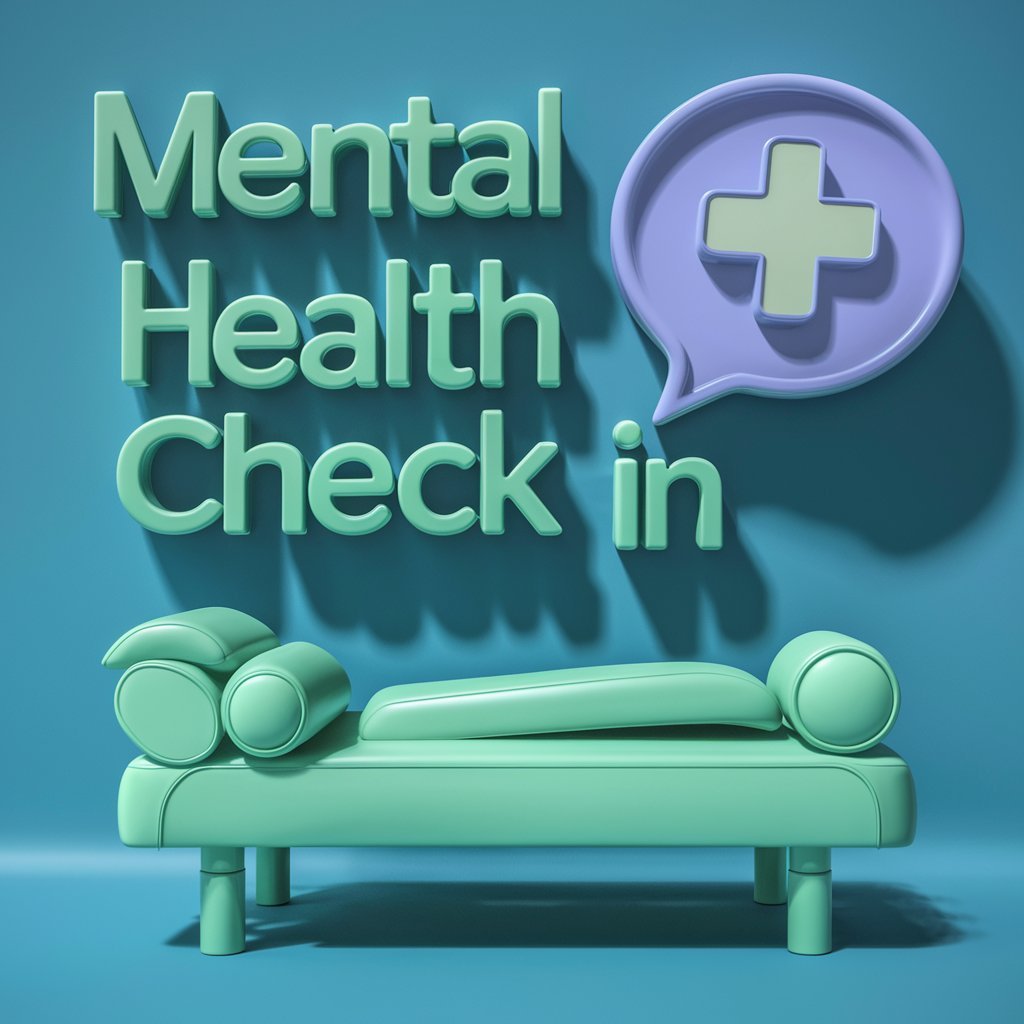Trigger warnings have become a common practice in today’s media and literature landscape. These warnings alert readers or viewers to content that may be distressing or triggering, allowing them to make an informed decision about whether or not to engage with the material. While trigger warnings have been praised for their potential to protect individuals from harm, they have also faced criticism for potentially limiting free speech and creativity.
The Purpose of Trigger Warnings
The main purpose of trigger warnings is to protect individuals who may have experienced trauma or have certain sensitivities from being exposed to content that could trigger negative emotional responses. By providing a warning, individuals are given the opportunity to prepare themselves or choose to avoid the material altogether.
Trigger warnings are commonly found in literature, films, TV shows, news articles, and online content. They typically come in the form of a brief statement at the beginning of the material, alerting the audience to potential triggers such as violence, sexual assault, self-harm, or other sensitive topics.
Criticism of Trigger Warnings
Despite their well-intentioned purpose, trigger warnings have faced criticism for various reasons. Some argue that trigger warnings can be overused or misapplied, leading to a culture of censorship and self-censorship. Others believe that trigger warnings may prevent individuals from engaging with challenging or uncomfortable content that could foster personal growth or understanding.
Furthermore, there is concern that the use of trigger warnings may perpetuate a culture of victimhood, where individuals are shielded from potentially triggering content instead of being encouraged to confront and overcome their triggers in a safe and supportive environment.
Navigating Trigger Warnings
When encountering trigger warnings in media and literature, it is important to consider how they may impact your own mental well-being and emotional responses. Here are some tips for navigating trigger warnings:
- Take the time to assess your own triggers and sensitivities before engaging with potentially triggering material.
- Consider whether you are in the right mental state to consume content that may be distressing or uncomfortable.
- Respect others’ decisions to use trigger warnings and acknowledge that everyone’s triggers and boundaries are valid.
- Engage in open discussions about trigger warnings and their impact on mental health and free speech.
Conclusion
In conclusion, trigger warnings have become a significant aspect of navigating media and literature in today’s society. While they serve the important purpose of protecting individuals from harm, it is essential to approach trigger warnings with a critical mindset and consider their potential implications on free speech and personal growth. By engaging in thoughtful conversations about trigger warnings and their impact, we can create a more inclusive and understanding environment for all individuals.
FAQs
Are trigger warnings effective?
Trigger warnings can be effective in alerting individuals to potentially distressing content and allowing them to make informed decisions about their engagement. However, the effectiveness of trigger warnings may vary depending on individual triggers and sensitivities.
Do trigger warnings limit free speech?
Some argue that trigger warnings may limit free speech by censoring or avoiding controversial or uncomfortable topics. While it is important to consider the balance between protecting individuals and promoting open dialogue, it is also crucial to respect individual boundaries and triggers.





